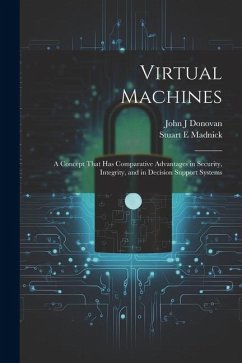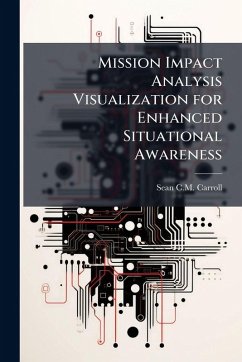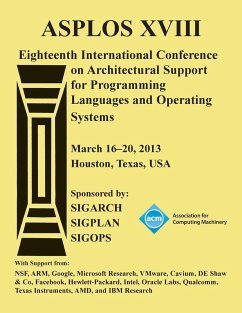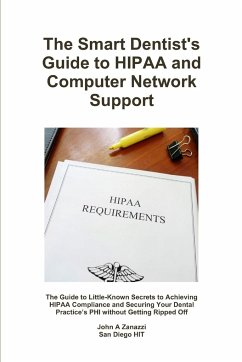
Impact of Actual Facilitator Alignment, Co-Location and Video Intervention on the Efficacy of Distributed Group Support Systems
Versandkostenfrei!
Versandfertig in über 4 Wochen
22,99 €
inkl. MwSt.

PAYBACK Punkte
11 °P sammeln!
The growth of distributed group support systems (GSS) suggests that organizations will continue to bring dispersed groups of people together to make decisions over computer networks. In many instances those groups are temporarily assembled to address a task and then summarily disbanded never to work together again. In order for users to effectively use the GSS, issues of trust and control need to be addressed within the GSS design. Users have perceptions about the fairness of structural and social determinants of the GSS design. These perceptions influence both the decision-making process and ...
The growth of distributed group support systems (GSS) suggests that organizations will continue to bring dispersed groups of people together to make decisions over computer networks. In many instances those groups are temporarily assembled to address a task and then summarily disbanded never to work together again. In order for users to effectively use the GSS, issues of trust and control need to be addressed within the GSS design. Users have perceptions about the fairness of structural and social determinants of the GSS design. These perceptions influence both the decision-making process and process outcomes. This article shows the negative impacts that facilitator alignment and co-location with a single meeting member has on the other group members' perception of GSS fairness and equality of power distribution. This study also demonstrated how video can effectively reduce or mitigate the negative justice perceptions that users experience from facilitator alignment and co-location. The findings suggest that the increased communications capabilities available from video can help users overcome limitations that would otherwise be present from the design. This work has been selected by scholars as being culturally important, and is part of the knowledge base of civilization as we know it. This work was reproduced from the original artifact, and remains as true to the original work as possible. Therefore, you will see the original copyright references, library stamps (as most of these works have been housed in our most important libraries around the world), and other notations in the work. This work is in the public domain in the United States of America, and possibly other nations. Within the United States, you may freely copy and distribute this work, as no entity (individual or corporate) has a copyright on the body of the work. As a reproduction of a historical artifact, this work may contain missing or blurred pages, poor pictures, errant marks, etc. Scholars believe, and we concur, that this work is important enough to be preserved, reproduced, and made generally available to the public. We appreciate your support of the preservation process, and thank you for being an important part of keeping this knowledge alive and relevant.












